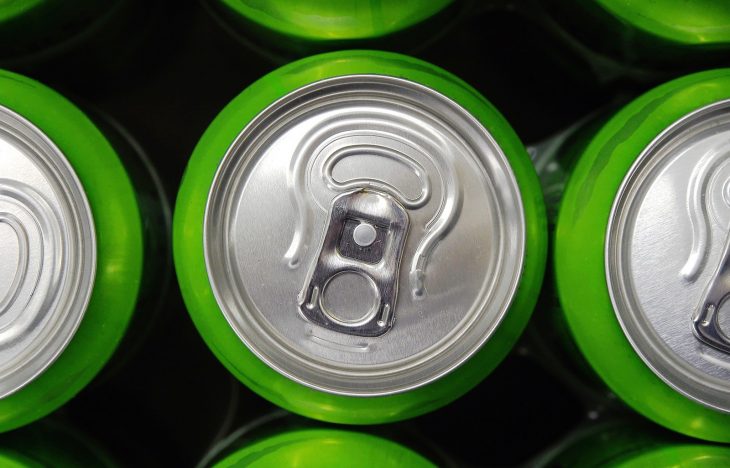The iconic and popular aluminum beverage can is 60 years old this year.
Beverage cans were originally heavy objects made of tin or steel. The first all-aluminum beverage can was introduced in 1958 by the Hawaii Brewing Company, based in Honolulu, for their “Primo Beer.” The lightweight aluminum was an ideal choice for the company, as it reduced the cost of shipping the aluminum slugs and tops from the mainland (2 lbs compared to 5 lbs for the tinplate cans). All-aluminum packaging was brought to the mainstream a year later when Coors launched their aluminum beer cans as of 1959.
The engineering development of the aluminum can began in 1954. According to Stolle Machinery, “the Adolph Coors Co. joined forces with Beatrice Foods Co. to found Aluminum International, Inc. to develop an economic process for manufacturing aluminum cans for their products. . . Coors headed up the R&D efforts, and they developed a method of continuously casting aluminum and rolling it to about 1/8 inch thickness, then blanking circular slugs that were the diameter of the can. These slugs were fed into a customized German-made impact extrusion press that punched out 3600 7-ounce flat-bottom can bodies an hour.”
Now 60 years later, the aluminum can is one of the most popular beverage containers on the market, holding soda, craft beer, canned wine, and sparkling water. Some micro-breweries are even able to take advantage of mobile canning stations, in which a mobile production line is able to provide canning of small-batch brews at the site of the micro-brewer.
As noted in the video below — created by Bill Hammack from the Department of Chemical Engineering, University of Illinois — the aluminum can is uniquely and precisely engineered to be the optimal container for beverages. Aluminum provides a number of benefits, with its light weight and inherent recyclability. Aluminum cans are, by far, the most recycled beverage container and the average can contains 70% recycled metal. In general, aluminum cans have been shown to carry a lower carbon footprint than plastic bottles.
If you want to learn more about the aluminum can, you can check out the article published by the American Society of Mechanical Engineers (ASME), which discusses how engineering has played a role in the beverage container’s history.

